New Gods: 1914-23
By:
September 16, 2009

Members of the generational cohort born from 1914-23 were in their teens and 20s during the Thirties (1934-43, not to be confused with the the 1930s), and in their 20s and 30s during the Forties (1944-53). Though this cohort is easily distinguished from their immediate elders, the Partisan Generation (born 1904-13), the influential generational periodizers William Strauss and Neil Howe lumped the two together and named the resulting construct the “G.I. Generation” (1901-24).
I’ve already theorized, in a previous post, that Strauss and Howe, acting on behalf of Middlebrow, lopped off the last few years of the Hardboiled Generation and added them to the G.I.s because they wanted to ensure that middlebrow impresario Walt Disney (b. 1901) was included in the pseudo-generation that Tom Brokaw would later name the “Greatest.” In their 1991 book, Generations, Strauss and Howe struggle in vain to be convincing about their Frankenstein’s monster of a demographic conceit; in their introduction to the chapter on the so-called G.I. Generation, they have little to say about anyone born before 1914-ish besides Walt Disney, Charles Lindbergh (born 1902; a Hardboiled), and Ronald Reagan (1911; a Partisan). Tellingly, the introduction focuses on the “G.I. second wave” (a weaselly phrase justifying a divided pseudo-generation; only a movement, e.g., an aesthetic movement, can span generations in successive “waves”), about whom Strauss and Howe gush:
Throughout their lives, [late-born members of the GI Generation] have been America’s confident and rational problem-solvers: victorious soldiers and Rosie the Riveters; Nobel laureates; makers of Minuteman missiles, interstate highways, Apollo rockets, battleships, and miracle vaccines; the creator’s of Disney’s Tomorrowland; “men’s men” who have known how to get things done…. No other generation this century has felt (or been) so Promethean, so godlike in its collective, world-bending power.
Godlike! In 1998, Tom Brokaw would insist that “this is the greatest generation any society has produced” — but it seems even that superlative is insufficient to describe the likes of Jack Kennedy, Jack Kerouac, and Jack LaLanne. So I’ve borrowed a moniker for the Partisan’s immediate juniors from a short-lived comic book series by one of my favorite Jacks from this cohort: Jack Kirby. The generational cohort born from 1914-23 may superficially resemble mere homo sapiens, but they are stronger, faster, and smarter than the rest of us; they possess superior technology; and they may even exist in a dimension outside of normal time and space. Let’s call them: the New Gods.
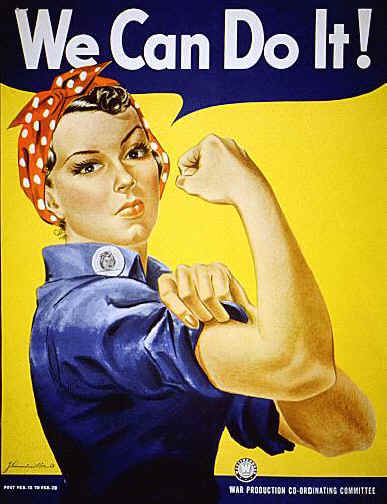
High-, low-, no-, and hilobrow members of the New Gods Generation include: Alfred Bester, Alvin Weinberg, Ann Stanford, Benny Hill, Boris Vian, Carol Channing, Carson McCullers, Charles Bukowski, Charles Mingus, Charles M. Schulz, Cordwainer Smith, Danny Kaye, Dean Martin, Denver Pyle, Dizzy Gillespie, Elizabeth Hardwick, Elmer Bernstein, Ella Fitzgerald, Elmore James, Federico Fellini, Francis Crick, Frank Herbert, George Walker, Hank Williams, Herbert Simon, Hugh Kenner, Hylo Brown, Iceberg Slim, Jack Cole, Jack Kerouac, Jack Kirby, Jackie Gleason, Jane Bowles, Jane Jacobs, Jay Ward, John Berryman, Joseph Beuys, Juan Garcia Esquivel, Kingsley Amis, Korla Pandit, Leslie Fiedler, Louis Althusser, Madeleine L’Engle, Mary Leakey, Manny Farber, Max Roach, Maya Deren, Merce Cunningham, Murray Bookchin, Nelson Mandela, Norman Mailer, Orson Welles, Paul de Man, Paul Feyerabend, Paul Ricoeur, Pete Seeger, Ralph Ellison, Raymond Williams, Redd Foxx, Roald Dahl, Richard Feynman, Robert Lowell, Robert Motherwell, Roland Barthes, Rosalind Franklin, Russ Meyer, Stan Lee, Stanislaw Lem, Sun Ra, Thelonious Monk, Thomas Kuhn, Tove Jansson, Vampira (Maila Nurmi), Victor Turner, Walker Percy, Will Elder, and William Burroughs.
A reminder of my 250-year generational periodization scheme:
1755-64: [Republican Generation] Perfectibilists
1765-74: [Republican, Compromise Generations] Original Romantics
1775-84: [Compromise Generation] Ironic Idealists
1785-94: [Compromise, Transcendental Generations] Original Prometheans
1795-1804: [Transcendental Generation] Monomaniacs
1805-14: [Transcendental Generation] Autotelics
1815-24: [Transcendental, Gilded Generations] Retrogressivists
1825-33: [Gilded Generation] Post-Romantics
1834-43: [Gilded Generation] Original Decadents
1844-53: [Progressive Generation] New Prometheans
1854-63: [Progressive, Missionary Generations] Plutonians
1864-73: [Missionary Generation] Anarcho-Symbolists
1874-83: [Missionary Generation] Psychonauts
1884-93: [Lost Generation] Modernists
1894-1903: [Lost, Greatest/GI Generations] Hardboileds
1904-13: [Greatest/GI Generation] Partisans
1914-23: [Greatest/GI Generation] New Gods
1924-33: [Silent Generation] Postmodernists
1934-43: [Silent Generation] Anti-Anti-Utopians
1944-53: [Boomers] Blank Generation
1954-63: [Boomers] OGXers
1964-73: [Generation X, Thirteenth Generation] Reconstructionists
1974-82: [Generations X, Y] Revivalists
1983-92: [Millennial Generation] Social Darwikians
1993-2002: [Millennials, Generation Z] TBA
LEARN MORE about this periodization scheme | READ ALL generational articles on HiLobrow.

The 1914-23 generation came of age during the Depression, during which time they were kept busy by the Civilian Conservation Corps “getting things done, building things that worked, things that have lasted to this day,” as Strauss and Howe admiringly put it. The Tennessee Valley Authority was the handiwork of youthful New Gods. As adults, the 1914-23 generation fought World War II. After the war, they saved American industry, tamed the business cycle, built the suburbs and moved into them. Or so we hear, again and again, in middlebrow paeans to the cohort that shored up the gains of older (Hardboiled) middlebrows. How did Middlebrow inspire a generation to to say in harness so long, and accomplish so much? What persuasive ideology helped prevent the New Gods from kicking against the pricks?
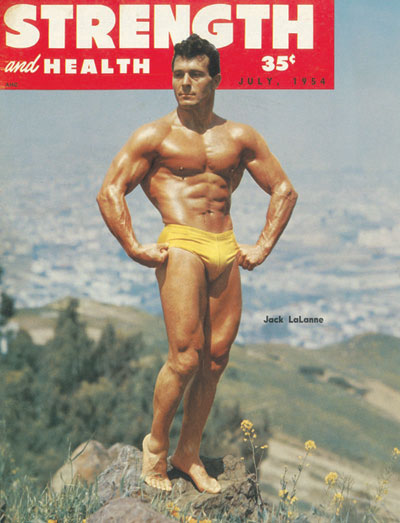
One such ideology, it seems to me, was machismo. The New Gods venerated the macho man, and some deluded anti-middlebrows even hailed him as an antiheroic savior of sorts. This generation produced only one president, but it was the macho JFK, who brought the “best and the brightest” into the White House, faced down the Soviet Union, and put a man on the moon. Astronauts Alan Shepard and John Glenn are members of this generation; so is faster-than-sound test pilot Chuck Yeager.

Other New Gods who were macho men, actors who played macho men, and novelists who wrote about macho men: Kirk Douglas, Robert Mitchum, Gregory Peck, William Holden, Dean Martin, Frank Sinatra, Jack Palance, Anthony Quinn, Jack Lord, Ernest Borgnine, Telly Savalas, Yul Brynner, Eli Wallach, Charles Bronson, Woody Strode, Montgomery Clift, Charlton Heston, Edmond O’Brien, Norman Mailer, James Jones, James Dickey, James Arness, Jake LaMotta, and honorary NGs Marlon Brando, Alan Ladd, Burt Lancaster, Lee Marvin, Rocky Marciano, Audie Murphy, and Jesse Owens. Wow! Think of all the violent buddy/caper movies the New Gods made, in the Fifties (1954-63) and Sixties (1964-73): Gunfight at the O.K. Corral (1957: Lancaster, Douglas); The Young Lions (1958: Bando, Clift, Martin); Ocean’s Eleven (1960: Sinatra, Martin); The Magnificent Seven (1960: Brynner, Wallach, Bronson); The Guns of Navarone (1961: Peck, Quinn); The Great Escape (1963: Bronson); The Professionals (1966: Marvin, Lancaster, Ryan, Strode, Palance); The Dirty Dozen (1967: Marvin, Borgnine, Bronson, Ryan, Savalas; and The Wild Bunch (1969: Holden, Borgnine, Ryan, O’Brien). The musk of testosterone shrouded the New Gods, making it difficult for them to see — or think — straight.
Even the women of the New Gods generation were macho: films and posters featuring “Rosie the Riveter” encouraged women to go to work in support of the war effort. Behold arch-middlebrow Norman Rockwell’s vision of Rosie:
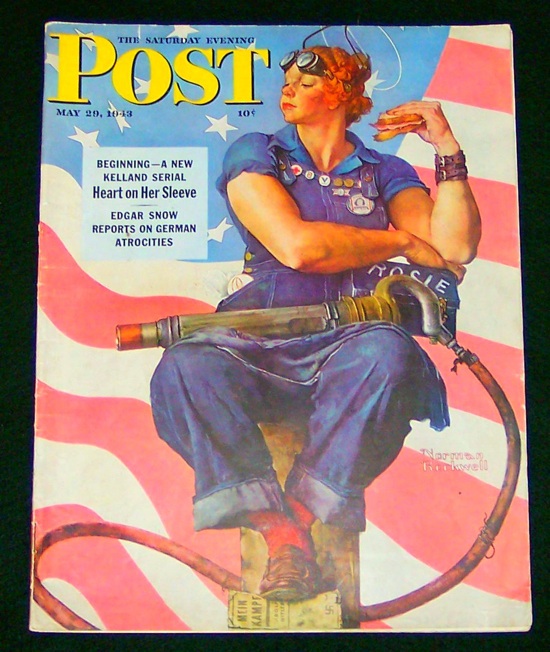
Speaking of Mailer and JFK, in 1960 the former wrote an overheated Esquire essay about the latter titled “Superman Comes to the Supermarket.” America, Mailer claimed, was the land where people still believed in heroes — and it needed a macho hero to rescue it from the triumph of Middlebrow during the Fifties (1954-63).
The film studios threw up their searchlights as the frontier was finally sealed, and the romantic possibilities of the old conquest of land turned into a vertical myth, trapped within the skull, of a new kind of heroic life, each choosing his own archetype of a neo-renaissance man, be it Barrymore, Cagney, Flynn, Bogart, Brando or Sinatra, but it was almost as if there were no peace unless one could fight well, kill well (if always with honor), love well and love many, be cool, be daring, be dashing, be wild, be wily, be resourceful, be a brave gun. And this myth, that each of us was born to be free, to wander, to have adventure and to grow on the waves of the violent, the perfumed, and the unexpected, had a force which could not be tamed no matter how the nation’s regulators — politicians, medicos, policemen, professors, priests, rabbis, ministers, idèologues, psychoanalysts, builders, executives and endless communicators — would brick-in the modern life with hygiene upon sanity, and middle-brow homily over platitude; the myth would not die.
Mailer correctly diagnosed the triumph of Middlebrow, but he failed to recognize that machismo is no solution. In fact, whenever Highbrow or Lowbrow is coded “masculine,” then Anti-Highbrow or Anti-Lowbrow is coded “not-feminine”; Middlebrow’s synthesis of these cultural constructs is: “real man” or “macho.” (When Highbrow or Lowbrow is coded “feminine,” then Anti-Highbrow or Anti-Lowbrow is coded “not-masculine”; Middlebrow’s synthesis of these cultural constructs is: “ultra-feminine” or “vamp,” another New God paradigm.) Nobrow, to continue for a moment, is neither masculine nor feminine (“angelic”), while HILOBROW is androgynous or hermaphroditic. Mailer, whose own machismo was a performance piece, didn’t quite grasp all this — not then.
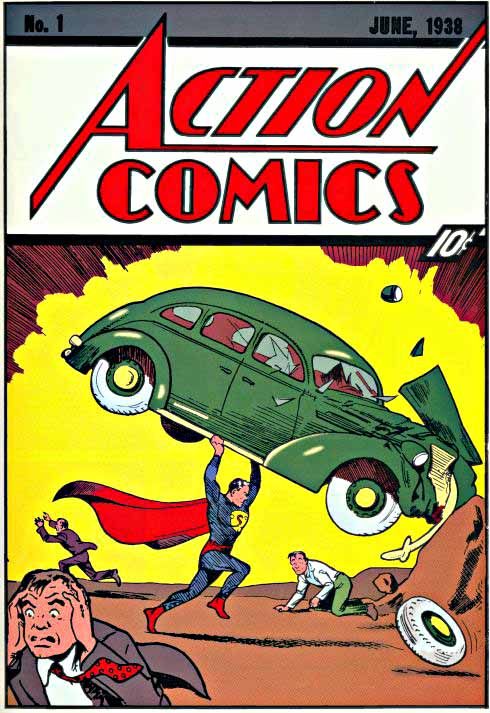
During the Thirties and Forties, superman really did come to the supermarket, as the New Gods ushered in what we’ve been encouraged to regard as the Golden Age of superhero comics. Beginning in 1938 with the debut of Jerry Siegel and Joe Shuster’s Superman in DC’s Action Comics # 1, the comic book made its debut as a mainstream art form. Comic-book authors, artists, and editors born between 1914 and 1923 include the likes of Bob Kane and Bill Finger, Julius Schwartz, Will Eisner, Bill Everett, Carl Burgos, Sheldon Mayer, and honorary New God Joe Simon — who invented and refined comic-book superheroes as we know them: Superman and Batman, Captain America, The Spirit, Namor the Sub-Mariner, Daredevil, The Human Torch, Flash, Green Lantern, Hawkman, and the Justice Society of America. Enjoyable stuff! But with the exception of Jack Cole’s Plastic Man, it’s middlebrow.
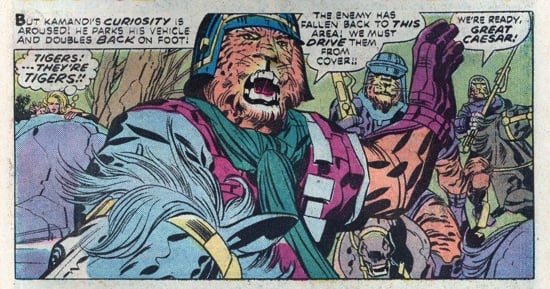
Of course, there were New God cartoonists who weren’t middlebrow. Will Elder, John Severin, Dave Berg, Al Jaffee, and former EC Comics publisher William Gaines, for example, brought us Mad Magazine (whose successful formula, I think, is due to the fact that half of its staff were New Gods and half were Postmodernists; more on that some other time). Charles M. Schulz wasn’t a middlebrow, exactly, though Middlebrow would enthusiastically embrace and champion his work. In the late Fifties (beginning in ’61, to be precise), New Gods Stan Lee and Jack “King” Kirby would give us the Fantastic Four, the X-Men, Thor, the Incredible Hulk, Iron Man, the Silver Surfer, Doctor Doom, Galactus, The Watcher, Magneto, the Inhumans, and many more comic-book superheroes who were neither macho nor middlebrow — at least, they weren’t in their earliest incarnations.
Middlebrow triumphed in the newspapers: Bil Keane, Hank Ketcham, Dik Browne, Fred Lasswell, Mort Walker, Brant Parker, and Reg Smythe gave us the middlebrow strips Family Circus, Dennis the Menace, Hi and Lois, Hagar the Horrible, Barney Google and Snuffy Smith, Beetle Bailey, Wizard of Id, and Andy Capp. Ever wonder why some newspaper strips end, while others go on and on? The answer is: Middlebrow. Many of these strips, whose authors are now retired or dead, are still going — i.e., they’re immortal.

PS: Irving Howe on J.D. Salinger’s Raise High the Roof Beam, Carpenters, an early diagnosis of QUATSCH (nobrow meets high-middlebrow). “Under the infatuated guidance of Salinger, [the Glass family] is largely devoted to exercises in collective narcissism…. Hopelessly prolix, both of these stories are marred by the self-indulgence of a writer flirting with depths of wisdom, yet coy and embarrassed in his advances. With their cozy parentheses and clumsy footnotes, their careening mixture of Jewish vaudeville humor and Buddhist prescription, they betray a loss of creative discipline, a surrender to cherished mannerisms.”
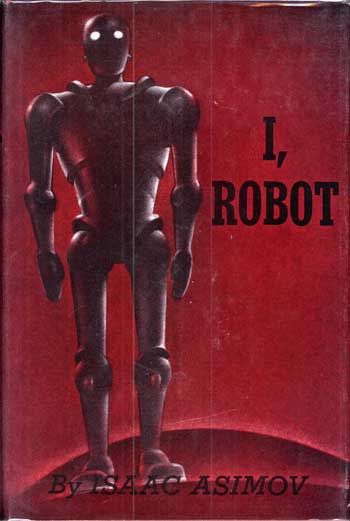
I’ve noted elsewhere that, in the era before the Partisans pioneered the so-called Golden Age of science fiction, and the New Gods pioneered the so-called Golden Age of superhero comics, homo superior and supermen were considered… creepy.
Olaf Stapledon, Philip Wylie, George Bernard Shaw, and other Radium Age SF authors tended to agree that the superman (whose values and worldview we mere mortals can’t share, or even comprehend) wouldn’t seem friendly but cold, inhuman, alien. Even, or especially when, he is trying to help us — because he’d surely understand himself as a shepherd responsible for the wellbeing of dumb animals, and treat us accordingly. Wylie’s 1930 SF novel, Gladiator, features a superman who is nearly invulnerable (“He was like a being of steel”), runs faster than a train, leaps higher than trees, and hurls boulders like baseballs. He creates a fortress of solitude (in Colorado), fights the Germans in WWI, then adopts a secret identity, moves to Manhattan, and vows to become “an invisible agent of right — right as best I can see it.” It’s that last line that distinguishes Wylie’s man of steel from Siegel and Shuster’s; in the end, Wylie’s superman despairs of flawed mortals and abandons them,
The paradigm shift from Radium Age science fiction and comic-book superhero is a telling one, isn’t it? Small wonder, perhaps, that Middlebrow — which sees itself as a shepherd responsible for the wellbeing of dumb animals, but would never be so foolish as to admit to this fact — admires the Partisans and New Gods (collectively: the G.I. or Greatest Generation) so much, and insists that they ushered in a Golden Age in SF and superhero comics! What Asimov and other historians of SF mean by “Golden Age” is that SF “grew up” beginning in the mid-1930s; at midcentury, Middlebrow was eager to have ’30s-era utopianists grow up. Does this mean that all Golden-Age SF and comic-book authors are middlebrow — witting or unwitting dupes of proto-neocon middlebrows? No, it doesn’t. But it does mean that we should skeptically revisit the so-called Golden Age of SF and comic books.
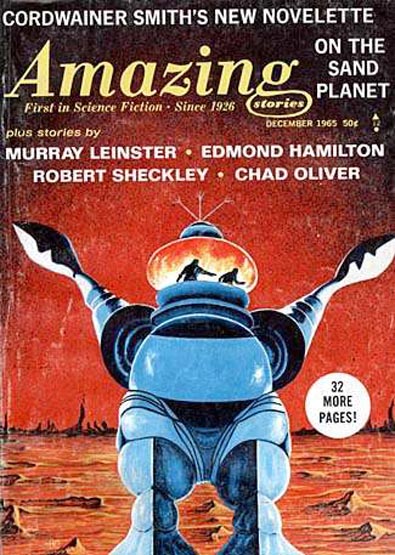
Golden-Age SF authors born from 1914-23 include: James Tiptree Jr. (Alice Bradley Sheldon, stories), Isaac Asimov (The Foundation Trilogy; I, Robot), James Blish (Earthman Come Home, Star Trek novelizations), Leigh Brackett (The Long Tomorrow), Lester del Rey (editor; known for Young Adult SF), Pohl (Gateway, The Space Merchants), Gordon R. Dickson (Childe Cycle and Dragon Knight series), Philip José Farmer (Riverworld series), Frank Herbert (Dune saga), Cyril M. Kornbluth (The Space Merchants, with Pohl), Walter M. Miller, Jr. (A Canticle for Leibowitz), and Theodore Sturgeon (More Than Human, famous Star Trek episodes. Star Trek creator Gene Roddenberry is also a New God. Ray Bradbury (Fahrenheit 451) and Arthur C. Clarke (2001: A Space Odyssey) are not middlebrow, if you ask me; neither are honorary New Gods Cordwainer Smith and Alfred Bester. (Kurt Vonnegut is an honorary Postmodernist.) However, Jack Vance, who cranked out 60 novels and innumerable pulp stories, might be considered a lowbrow were it not for the fact that a recent New York Times Magazine profile described him as “one of American literature’s most distinctive and undervalued voices” — which makes me suspicious.
Meet the New Gods.

Honorary New Gods: Jesse Owens, Joe Simon (comics editor), Gerald Ford, Alan Ladd, Burt Lancaster, Cordwainer Smith, Vince Lombardi, Alfred Bester, maybe Ralph Ellison (all born 1913).
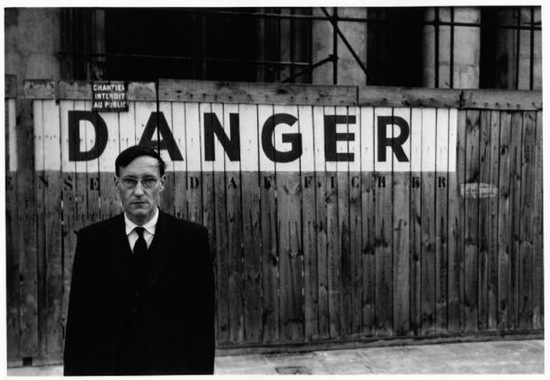
1914: William S. Burroughs (SF author), Sun Ra, Jack Cole, John Berryman, Jonas Salk, Tove Jansson, Jerry Siegel and Joe Shuster, Woody Strode, Ida Lupino, Alec Guinness, Saul Steinberg, Joe DiMaggio, George Reeves (played Superman on TV), Danny Thomas, Ward Kimball, William Westmoreland, Bernard Malamud, Vance Packard, E.G. Marshall, Ernest Tubb, Paul Rand, Bill Finger, Joe Lewis, Jackie Coogan, Kenny Clarke, Clayton Moore, Allen Funt, Jack LaLanne, Billy Eckstine, John Hersey, Billy Graham, Arthur Kennedy, Dorothy Lamour, Richard Widmark, Floyd Tillman, Donald A. Wollheim, Hammond Innes, Thor Heyerdahl, Patrick O’Brian. HONORARY PARTISANS: Daniel J. Boorstin, Howard Fast, Marguerite Duras, Julio Cortazar, Dylan Thomas.

1915: Roland Barthes, Robert Motherwell, Orson Welles, Frank Sinatra, James Tiptree Jr. (Alice Bradley Sheldon, SF author), Muddy Waters, Billie Holiday, Saul Bellow, Ingrid Bergman, Julius Schwartz, Arthur Miller, Alan Lomax, Thomas Merton, Edmond O’Brien, Zero Mostel, Herman Wouk, Les Paul, Leigh Brackett, David Rockefeller, Bob Kane, Sargent Shriver, Eli Wallach, Herbert Huncke, Lester del Rey (SF author, editor), Lorne Greene, Ross Macdonald, Barbara Billingsley, Anthony Quinn, Moshe Dayan, Edith Piaf.

1916: Roald Dahl, Walker Percy, Jackie Gleason, Elizabeth Hardwick, Walter Cronkite, Dinah Shore, Jay McShann, Irving Wallace, Eugene McCarthy, John Ciardi, Herb Caen, Gregory Peck, Betty Furness, Glenn Ford, Harold Robbins, Carl Burgos, Charlie Christian, Robert McNamara, Fred Lasswell, Martha Raye, Jack Vance (SF author), Walter Cronkite, Sherwood Schwartz, Kirk Douglas, Shirley Jackson, Betty Grable, Olivia de Havilland, James Herriot, Francois Mitterrand, Perez Prado, Mary Stewart, Francis Crick.

1917: Thelonious Monk, Dizzy Gillespie, Manny Farber (anti-middlebrow film critic), Jack Kirby, Robert Lowell, Leslie Fiedler (anti-middlebrow critic), Dean Martin, Eric Hobsbawm, David Goodis (Noir author), John F. Kennedy, Will Eisner, Buddy Rich, Ella Fitzgerald, Arthur C. Clarke (SF author), Roger W. Straus, Jr., Jane Bowles, Gwendolyn Brooks, Jane Wyman, Jerry Wexler, John Raitt, Robert Mitchum, Ernest Borgnine, Sidney Sheldon, Carson McCullers, Bill Everett, Tex Williams, Rufus Thomas, Robert Bloch, Irving Penn, Sheldon Mayer, Katharine Graham, Lena Horne, Phyllis Diller, Dik Browne, Caspar Weinberger, John Lee Hooker, Mel Ferrer, Red Auerbach, Louis Auchincloss, June Allyson, Arthur M. Schlesinger, Jr., Maharishi Mahesh Yogi, James Harry Lacey, Zsa Zsa Gabor, Anthony Burgess, Desi Arnaz, Vera Lynn, Raymond Burr, Ferdinand Marcos, Joan Fontaine, Heinrich Boll, Reg Smythe.
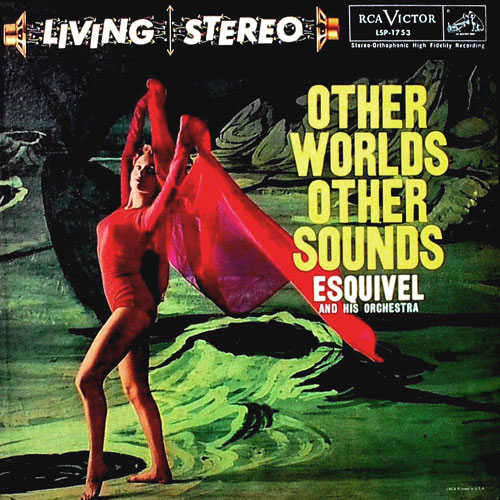
1918: Juan Garcia Esquivel, Louis Althusser, Elaine de Kooning, Mike Wallace, Rita Hayworth, Ingmar Bergman, Nelson Mandela, Art Carney, Oral Roberts, Billy Graham, Elmore James, Howard Cosell, Robert Aldrich, Philip José Farmer (SF author), Madeleine L’Engle, Theodore Sturgeon (SF author), Stirling Silliphant, John Forsythe, Joey Bishop, Mickey Spillane, Mercedes McCambridge, Sam Walton, William Holden, Betty Ford, Jack Paar, Richard Feynman, Julius Rosenberg, Eddy Arnold, Ann Landers and Abigail Van Buren, Leonard Bernstein, Ted Williams, E. Howard Hunt, Bob Feller, Spiro Agnew, Jerome Beatty, Jr., Joe Williams, Gamal Abdal Nasser, Nicolae Ceauşescu, Muriel Spark, Ida Lupino, Richard Hoggart, Aleksandr Solzhenitsyn, Anwar Sadat.

1919: Jackie Robinson, Paul de Man, Merce Cunningham, Eva Gabor, Eva Peron, Pete Seeger, Iris Murdoch, Art Blakey, J. D. Salinger, Lawrence Ferlinghetti, Ernie Kovacs, Frederik Pohl (SF author), Robert Stack, Tennessee Ernie Ford, Jack Palance, Jennifer Jones, Lawrence Tierney, Nat King Cole, John Cullen Murphy, Bernard Krigstein, Liberace, Richard Scarry, Pauline Kael, Anita O’Day, Sir Edmund Hillary, Pierre Elliott Trudeau, Doris Lessing, Mohammad Reza Pahlavi (Shah of Iran), Mikhail Kalashnikov, Dino De Laurentiis .

1920: Charles Bukowski, Charlie Parker, Ray Bradbury (SF author), Frank Herbert (SF author), Isaac Asimov (SF author), Eric Rohmer, Richard Adams (Watership Down), Sid Fleischman (terrific children’s author) Sun Myung Moon, Paul Celan, Federico Fellini, Hank Ketcham, Timothy Leary, Saul Bass, Dave Berg, Norman Lear, DeForest Kelley, Walter Matthau, Tony Randall and Jack Klugman, Mario Puzo, Howard Nemerov, Jack Webb, Arthur Hailey, Montgomery Clift, Carmen McRae, Peter O’Donnell, Denver Pyle, Peggy Lee, Brant Parker, Ray Harryhausen, Leona Helmsley, Bella Abzug, Shelley Winters, Mickey Rooney, Jayne Meadows, Dave Brubeck, Jack Lord, Rex Allen, An Wang, James Doohan, Ronald Searle, Alfred Peet, Boris Vian, Werner Klemperer, Ravi Shankar, Thomas Szasz, Pope John Paul II, Yul Brynner, Maureen O’Hara, Ricardo Montalban.
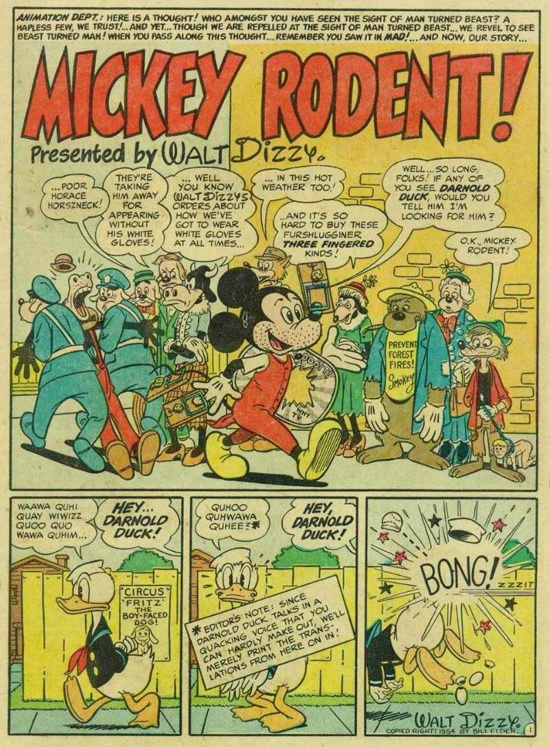
1921: Will Elder, Raymond Williams, Stanislaw Lem (SF author), Joseph Beuys, Murray Bookchin, John Glenn, Carol Channing, James Blish (SF author), Arthur “Guitar Boogie” Smith, John Severin, Patricia Highsmith, Donna Reed, Vampira, Mario Lanza, Betty Friedan, Wayne Booth, Abe Vigoda, Art Clokey (created Gumby), Betty Hutton, Richard Wilbur, Cyd Charisse, Alan Hale, Jr., Al Jaffee, Harry Carey, Jr., Nelson Riddle, Jake LaMotta, Erroll Garner, Bill Mauldin, Nancy Reagan, Harvey Ball, Gene Roddenberry, Charles Bronson, James Jones, Rodney Dangerfield, Steve Allen, Simone Signoret, Dirk Bogarde, Peter Ustinov, Satyajit Ray, Andrei Sakharov, Leon Garfield, Monty Hall, Deborah Kerr.
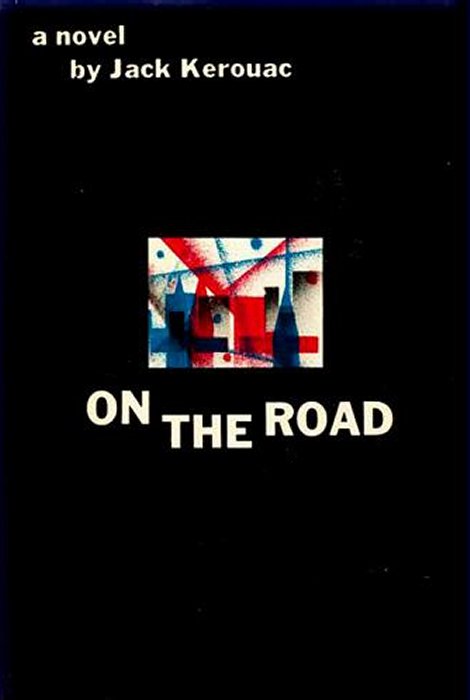
1922: Jack Kerouac, Stan Lee, William Gaines, Charles M. Schulz, Richard Hamilton, William Gaddis, Charles Mingus, Les Baxter, Kingsley Amis, Philip Larkin, Judy Garland, Ava Gardner, Howard Zinn, Bea Arthur, Ray Goulding, Hal Clement, Dorothy Dandridge, Betty White, Quinn Martin, Telly Savalas, Arthur Penn, Dan Rowan and Dick Martin, Kathryn Grayson, Helen Gurley Brown, Carl Reiner, Russ Meyer, Thomas Kuhn, Bil Keane, Sid Caesar, Jackie Cooper, Barbara Bel Geddes, Veronica Lake, Samuel Youd (John Christopher, SF author), Paul Scofield, Patrick Macnee, Yitzhak Rabin, Pier Paolo Pasolini, Christopher Lee, Denholm Elliott, Yma Sumac, José Saramago. HONORARY POSTMODERNS?: Loathe as I am to make exceptions, let’s do it for postmodern authors William Gaddis (JR) and Kurt Vonnegut Jr. (postmodern and SF, Slaughterhouse Five), who were almost born in ’23: December 29, 1922; and November 11, 1922, respectively.

1923: Norman Mailer, Hugh Kenner, Joseph Heller, Tuli Kupferberg (American counterculture poet, author, cartoonist, pacifist anarchist, publisher and co-founder of the band The Fugs), Hank Williams, Alan Shepard, Chuck Yeager, Brendan Behan, Franco Zeffirelli, Marcel Marceau, Henry Kissinger, Sam Phillips, Charlton Heston, Philly Joe Jones, Fats Navarro, Cyril M. Kornbluth (SF author), James Schuyler, Walter M. Miller, Jr. (SF author), Jim Reeves, Philip Whalen, Bob Elliott, Jean Stapleton, Anthony Hecht, Paddy Chayefsky, James Dickey, Dexter Gordon, Ed McMahon, Don Adams, Bettie Page, Aaron Spelling, Albert King, Al Lewis, Anne Baxter, James Arness, Bob Dole, Mort Walker, Bob Barker, Sumner Redstone, Denise Levertov, Nadine Gordimer, Gordon R. Dickson (SF author), Freeman Dyson. HONORARY POSTMODERNS: Italo Calvino (Italian author, Invisible Cities, If on a winter’s night a traveler), Roy Lichtenstein (all born 1923).
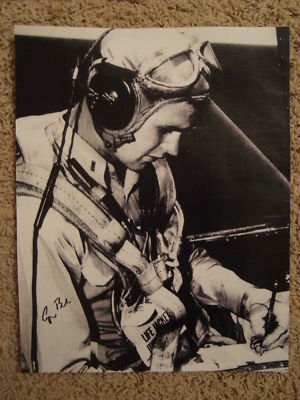
HONORARY NEW GODS: George H.W. Bush, Lee Marvin, Max Roach, Marlon Brando, Rocky Marciano, Audie Murphy (all born 1924). Following the attacks on Pearl Harbor in 1941, at the age of 18, Bush postponed going to college and became the youngest naval aviator in the US Navy at the time; that’s so New Gods.
READ MORE essays by Joshua Glenn, originally published in: THE BAFFLER | BOSTON GLOBE IDEAS | BRAINIAC | CABINET | FEED | HERMENAUT | HILOBROW | HILOBROW: GENERATIONS | HILOBROW: RADIUM AGE SCIENCE FICTION | HILOBROW: SHOCKING BLOCKING | THE IDLER | IO9 | N+1 | NEW YORK TIMES BOOK REVIEW | SEMIONAUT | SLATE
Joshua Glenn’s books include UNBORED: THE ESSENTIAL FIELD GUIDE TO SERIOUS FUN (with Elizabeth Foy Larsen); and SIGNIFICANT OBJECTS: 100 EXTRAORDINARY STORIES ABOUT ORDINARY THINGS (with Rob Walker).
